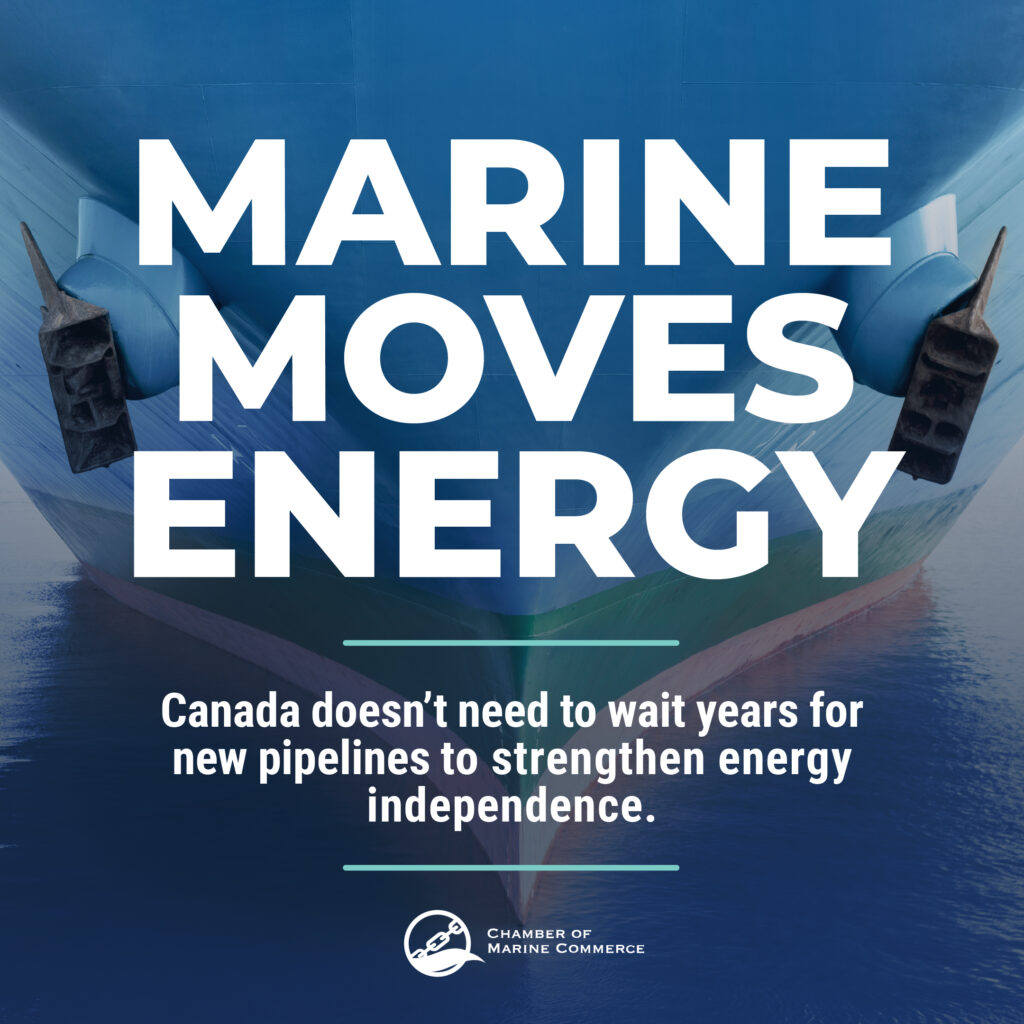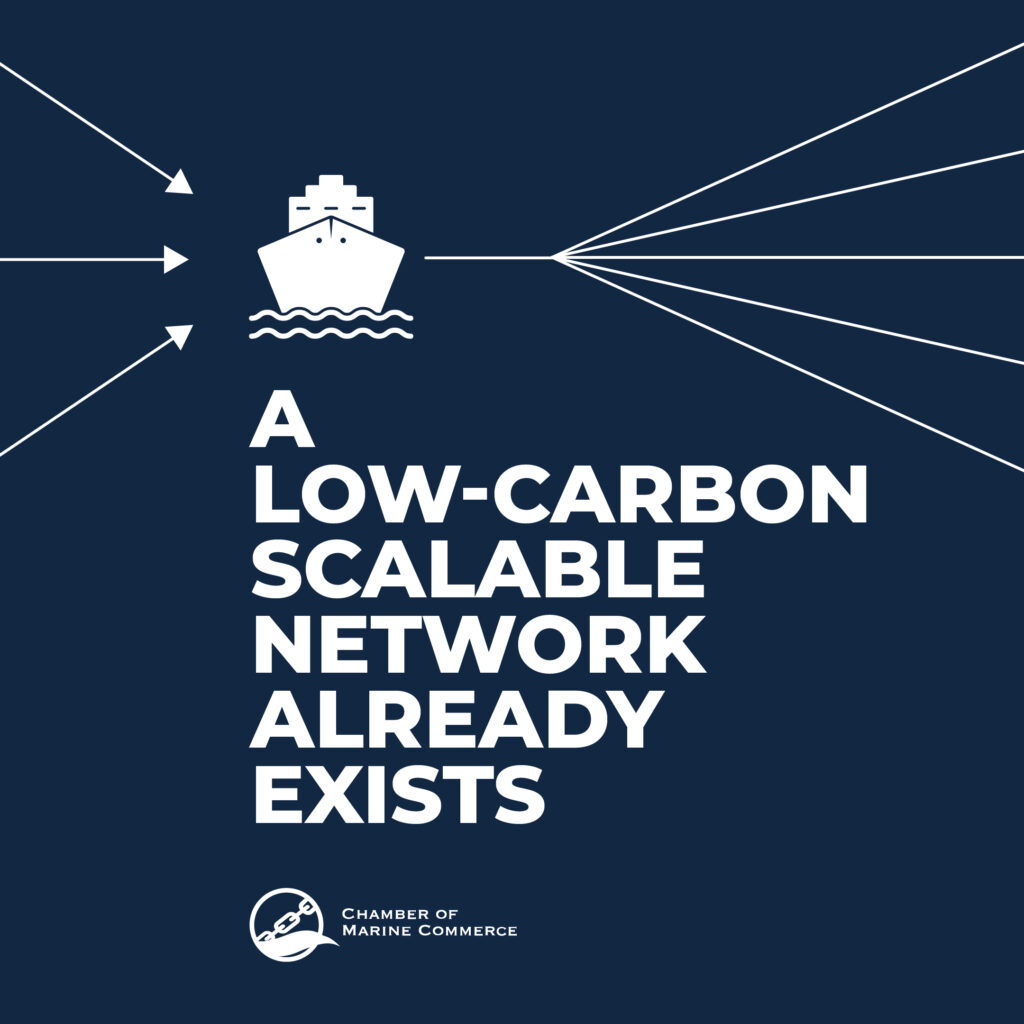Canada doesn’t need to wait years for new pipelines to strengthen energy independence. A proven solution already exists: the Great Lakes–St. Lawrence Seaway, which runs from Thunder Bay to key ports, and has the infrastructure and capacity to double the traffic of key cargoes while remaining safe and sustainable.

The Seaway already:
The existing network gives Canada a scalable, low-carbon option to more energy now, without the cost or delay of building new infrastructure. With biofuels entering the fleet, emissions reductions could climb past 80%, directly supporting Ontario and Canada’s climate goals.
The infrastructure is in place.
The Port of Thunder Bay, connected by rail and built for bulk commodities, has the space and infrastructure to grow into a key western hub.
On the East Coast, the Port of Saint John offers deepwater crude terminals, refinery access, and export connections.
Together, they create a ready-made corridor for energy security, economic growth, and high-quality Canadian jobs.
The corridor is here. The solution is proven. The time is now to move energy by marine.


